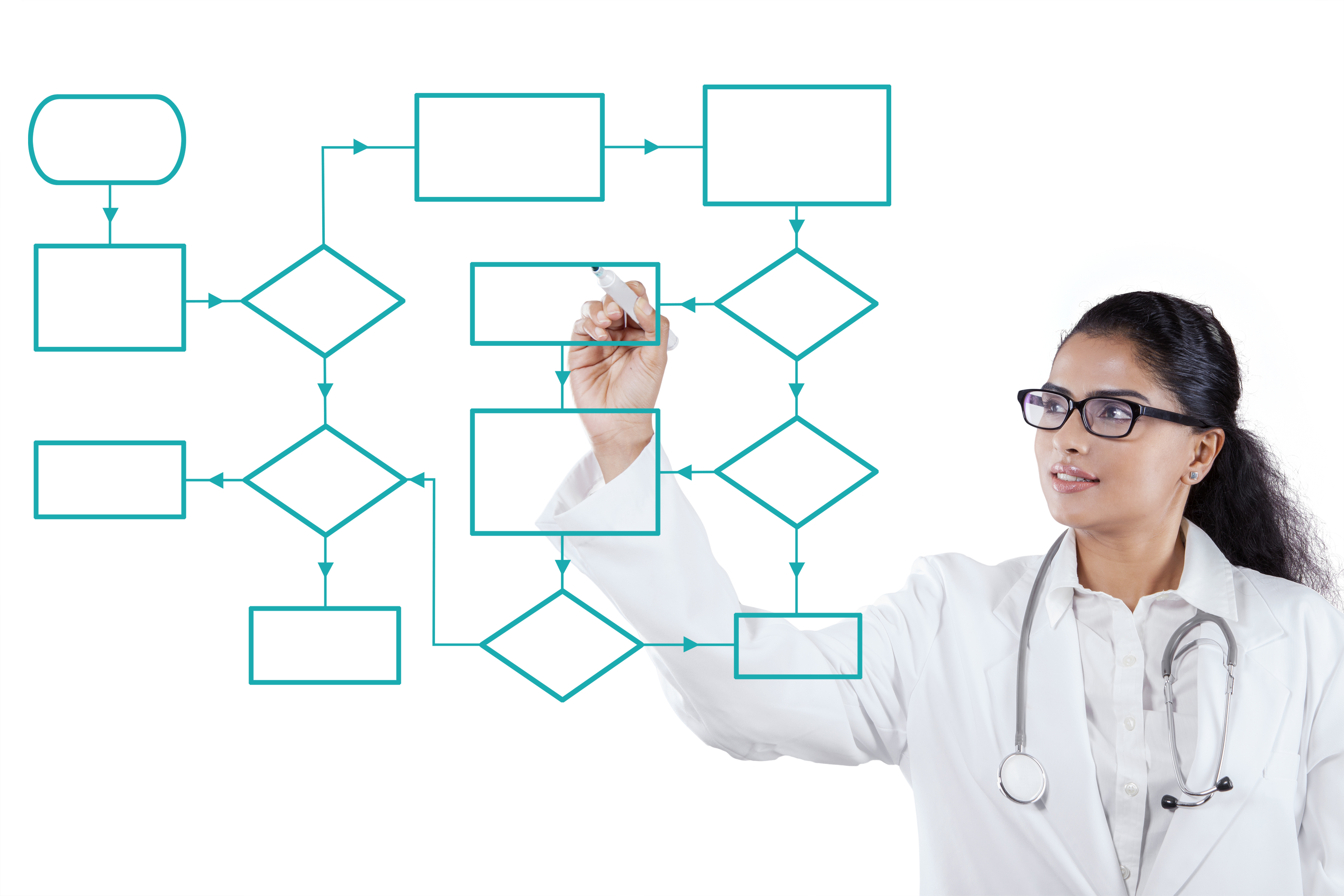Since the game-changing pandemic, the healthcare system has experienced an increased patient workload. This shift has left healthcare providers looking for how to improve clinical efficiency and overall healthcare workflow management — often by improving clinical workflow, reducing cart clutter, and simplifying IT management.
Virtual care platforms and documentation systems in healthcare settings are necessary but often result in significant time consumption (which can be detrimental, especially in emergencies). Navigating through cluttered carts or mastering intricate software takes time that could otherwise be dedicated to patient care. In emergencies, even minor delays can lead to serious consequences. Additionally, the complexity of these systems can lead to misinterpretations and a higher likelihood of errors, adversely affecting patient outcomes.
Furthermore, these systems require extensive staff training, increasing operational costs. The complexity and abundance of equipment and cart-based medical devices can slow down healthcare providers’ response times, hindering their ability to effectively monitor and react quickly to changes in patient conditions. This not only impacts the quality of care but also affects staff satisfaction. The challenges in understanding and utilizing these complex systems can lead to frustration and burnout among healthcare workers, negatively impacting their ability to provide the best possible care to patients.
Addressing these issues is a balancing act. Without compromising the quality of care, how can you streamline the use of technology in daily operations and improve healthcare workflow management? You can start the decluttering process by having multi-purpose carts that serve more than one function.
For example, emergency and crash carts can be combined as one, as they carry out similar functions. Perhaps the documentation cart can also serve for your virtual visits. This consolidation will lead to less burden on users and IT admins, less training, and less necessary maintenance or support. These changes can significantly improve efficiency and foster an environment conducive to providing high-quality patient care.
Better Healthcare Workflow Management
Simplifying healthcare technology and consolidating medical carts contribute immensely to how smoothly the healthcare setting can operate. Some examples include:
- Improving efficiency:When everything’s spread out in separate carts, it can make taking care of patients difficult and inefficient. Consolidating and standardizing mobile carts while equipping them with multi-functional capabilities ensures that healthcare providers have all the required tools in one place to carry out specific procedures and treatment routines. This reduces the need to switch between various carts during patient care.
- Device-agnostic platforms:Having a platform that is device agnostic provides a unified interface for healthcare professionals to access and interpret diagnostic data efficiently. This provides more flexibility to add on additional cart-based medical devices as needed without having to use a new platform for that specific device.
- Standardizing equipment:The fewer hardware and software platforms you have to support means less training and ensures a consistent user experience across the healthcare facility. It also saves IT departments the headache of managing multiple vendor support agreements, among other things.

Excellence in Healthcare, Reimagined
Cart-based medical devices play a crucial role in enhancing the value of a mobile cart by providing additional functionalities and capabilities. Here are several ways in which cart-based medical devices contribute to improving clinical workflow and overall healthcare workflow management:
- Telemedicine and Connectivity: Medical carts can often incorporate telemedicine capabilities, which allow healthcare professionals to connect with specialists remotely. This is especially valuable in situations where immediate access to a specialist is not possible for a variety of reasons. The result is a better quality of patient care and a more holistic care experience.
- Diagnostic Capabilities: The integration of diagnostic devices like vital signs monitors, ECG machines, or pulse oximeters allows healthcare professionals to assess patient conditions on the spot. This can lead to quicker decision-making and more timely interventions.
- Point-of-Care Testing: Medical carts equipped with point-of-care testing devices enable healthcare providers to perform tests such as blood glucose monitoring, rapid infectious disease screening, or coagulation tests directly at the patient’s bedside. This facilitates faster diagnosis and treatment planning.
- Imaging Devices: Integration of portable imaging devices, such as ultrasound machines or handheld X-ray devices, can enhance the diagnostic capabilities of the medical cart. This is particularly beneficial in emergencies where every second counts.
AMD provides telehealth solutions that are efficient for multiple use cases and care settings. This allows our customers to streamline their medical carts and platforms, resulting in a more clinically appropriate single system. Reach out to one of AMD’s experts today to start streamlining your workflows.



